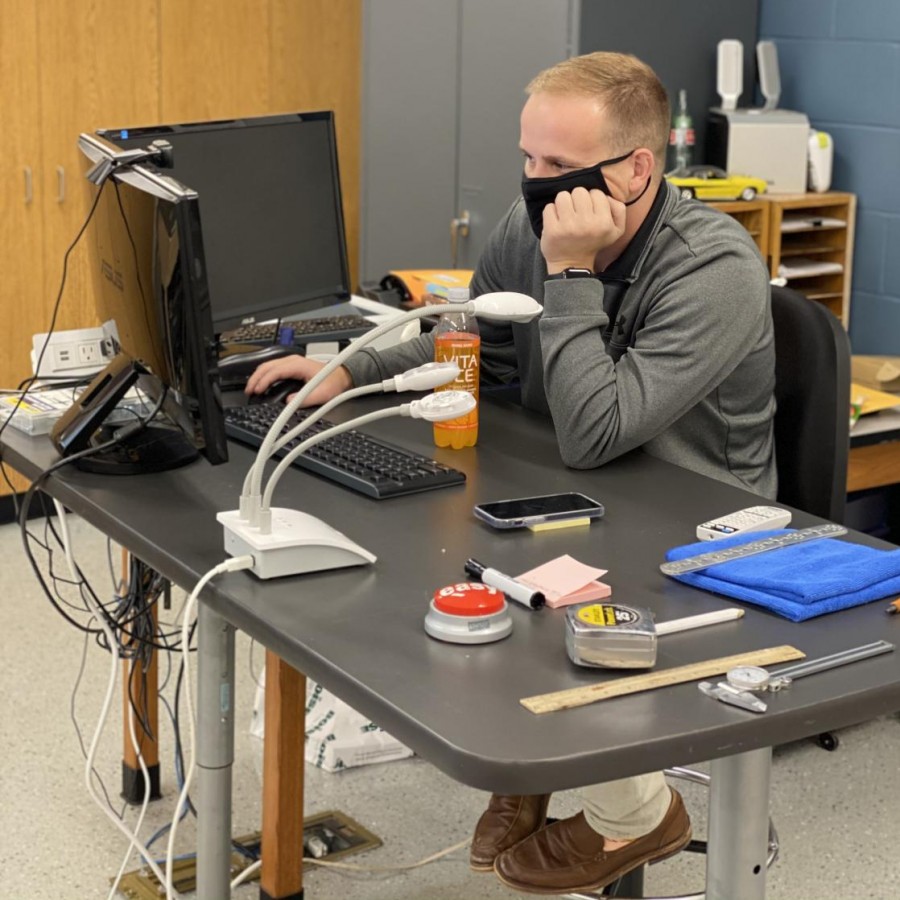The Nov. 9 board meeting marked the beginning of the 12th week of school, and staff and students alike are feeling the effects of “COVID fatigue.”
With case numbers and positivity rates skyrocketing recently, many teachers are beginning to feel burnt out. Art teacher Alexandria Medenciy spoke on behalf of the teaching staff at the board meeting. “From my perspective, it’s just a lot that gets put onto a teacher’s plate,” she commented. “It’s especially hard when you put in so much time, energy, and attention for students to succeed, but it ends up falling flat…”
The hybrid schedule has been the primary source of the stress and anxiety. On top of the normal teaching schedule, teachers now have to provide material for students not in the building. “…[I]n total, I am up to approximately 35 hours a week on top of the normal expectations of my position,” Medenciy stated.
With teachers basically working an extra job, they have turned towards the administration in search of relief. Vice principal Adam Pagett discussed the measures taken to reduce the stress levels of the teaching staff. “We have already collapsed a number of class sections that had small numbers of students,” Pagett stated. One of the periods then gets turned into an extra prep period for the teacher.
While teachers are grateful for the extra period, it does not always solve the problem. As discussed in the recent board meeting, the increase in Scott County cases is due to exposure outside of the school building.
During the board meeting, Scott County medical director Louis Katz presented data regarding the COVID cases in Scott. He stated that the data analytics and contact tracing point to young adults as being the spreaders for the majority of cases.
He also brought up the statistic that 80 percent of the exposures or positive tests resulted from family events or non school social gatherings. The board’s recent decisions – including not applying for a two week online waiver – have been based off of these statistics.
However, the teaching staff encourages the board to think about who their decisions are affecting. “My hope is that we continue to not only think and formulate plans using data, but also to remember that those data points have names, families, and live outside of our hallways,” Medenciy voiced.
Teachers and administrators alike will continue to develop plans and strategies to overcome the struggles of the hybrid schedule and provide relief to the Pleasant Valley staff.









